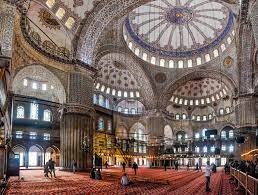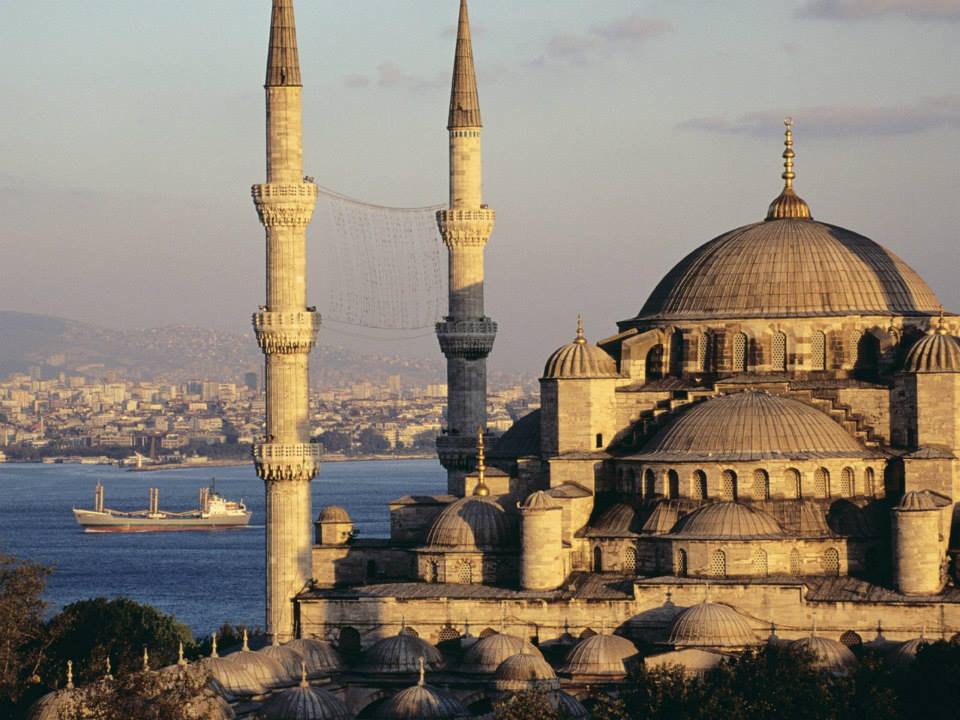The Blue Mosque of Istanbul is a truly captivating sight and it left a lasting impression on my mind. Its stunning architecture, intricate design, and serene atmosphere created a sense of awe and wonder. Probably one of the few of the mosques that I have been inside and could spend some time deep in my thoughts…






… The Sultan Ahmed Mosque (Turkish: Sultanahmet Camii) is an historic mosque in Istanbul. The mosque is popularly known as the Blue Mosque for the blue tiles adorning the walls of its interior. overlooking the backdrop of the majestic Bosphorus river….. upholding beliefs n traditions… had tranquil experience…
One of the first things that will strike you about the Blue Mosque is its grandeur. The exterior of the mosque is adorned with domes, minarets, and intricate tile work, which immediately catches ones eye. The mosque’s six minarets tower above the cityscape, showcasing Ottoman architecture at its finest. The shades of blue tiles give the mosque its name and contributed to its distinct beauty. The sheer size and scale of the building is truly impressive, making it a prominent landmark in the city.
As you step inside, you are greeted by a magnificent interior. The high ceilings, spacious prayer hall, and the symmetrical layout create a sense of vastness and peacefulness. The walls are lined with more beautiful blue tiles, which create a serene and calming atmosphere. The huge chandeliers hanging from the ceiling add a touch of elegance and cast a warm glow throughout the space.






As I stood and gazed on … upon the Bosporus River, the same breathtaking beauty that captivated emperors and seafarers alike became apparent. The shimmering blue water reflects the surrounding architecture and scenic hills, providing a picturesque backdrop for the city. On both sides of the strait, historic palaces, mansions, and iconic landmarks such as the Hagia Sophia and Topkapi Palace can be seen, adding to the allure of the view…. couldn’t get enough of the time spent exploring this majestic feat of architecture, history and culture of the Ottoman Empire….
















